If you’re a cat owner, you know how important it is to keep your feline friend healthy and happy. However, sometimes cats can experience emotional trauma like humans, and recognizing the signs can be difficult.
Traumatized cat symptoms can range from changes in behavior to physical symptoms, and it’s important to know what to look for so you can provide the appropriate care and treatment.
Understanding what causes emotional trauma in cats is also important for recognizing the signs of distress. Trauma can be caused by various factors, including abuse, neglect, accidents, or sudden environmental changes. By understanding the causes of stress in cats, you can reduce your cat’s stress and improve its overall well-being.
Key Takeaways
- Recognizing the signs of stress in traumatized cats is important for providing the appropriate care and treatment.
- Changes in behavior and physical symptoms are common signs of stress in traumatized cats.
- Understanding the causes of emotional trauma in cats can help you reduce your cat’s stress and improve their overall well-being.
What Are The Signs Of Stress In Traumatized Cats?
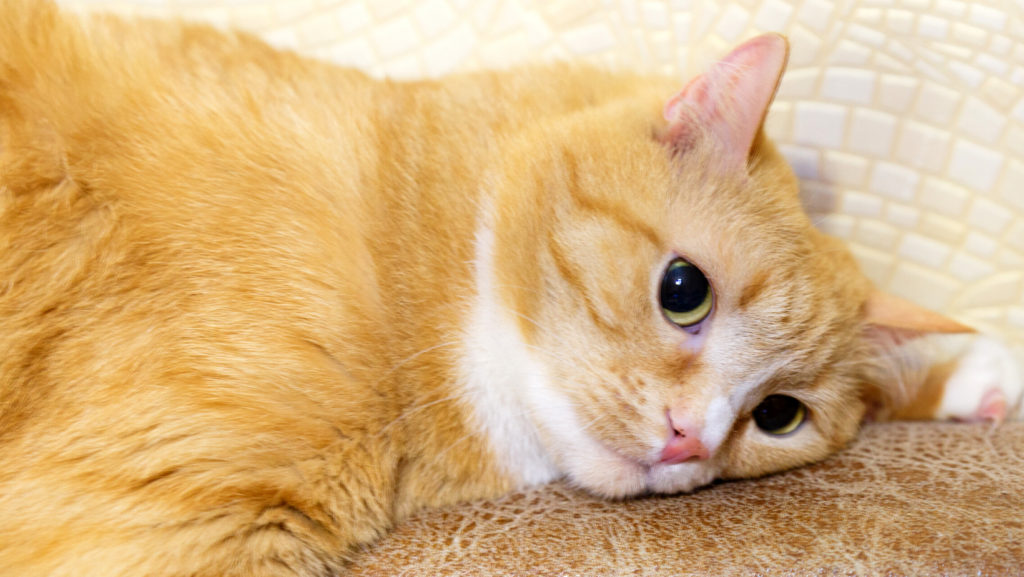
Cats are fascinating creatures with complex emotions. They can experience a wide range of emotions, including stress, anxiety, and fear. However, chronic stress can have a negative impact on your cat’s health and well-being. Chronic stress can weaken your cat’s immune system, making them more susceptible to illness.
It’s important to recognize these signs of stress in your cat so you can take steps to reduce their stress levels.
1. Behavioral Changes in Stressed Cats
- Excessive Vocalization: Stressed cats may vocalize more than usual, including meowing, growling, or hissing.
- Changes in Grooming Habits: Your cat may groom excessively or stop grooming altogether.
- Changes in Sleep Habits: Stressed cats may sleep more or less than usual.
- Aggression: Your cat may become aggressive towards people or other animals.
- Scratching and Destructive Behavior: Your cat may scratch furniture or other objects or engage in other destructive behavior.
- Increased Hiding: Your cat may spend more time hiding than usual.
- Changes in Socialization: Stressed cats may become less social and avoid interaction with people or other animals.
- Trembling and Hypervigilance: Your cat may tremble or be more alert than usual.
2. Physical Symptoms of Stress in Cats
- Pacing and Restlessness: Your cat may pace or be unable to settle down.
- Urination and Defecation Issues: Stressed cats may urinate or defecate outside of their litter box.
- Changes in Appetite: Your cat may eat more or less than usual or refuse to eat altogether.
- Vomiting and Diarrhea: Stressed cats may experience digestive issues.
- Urinary Issues: Stressed cats may develop urinary problems such as cystitis or urinary tract infections.
How Can You Reduce Your Cat’s Stress?
If your cat is showing signs of distress, there are several things you can do to help reduce their stress levels. Here are some tips to help you manage your cat’s stress:
1. Environment Management
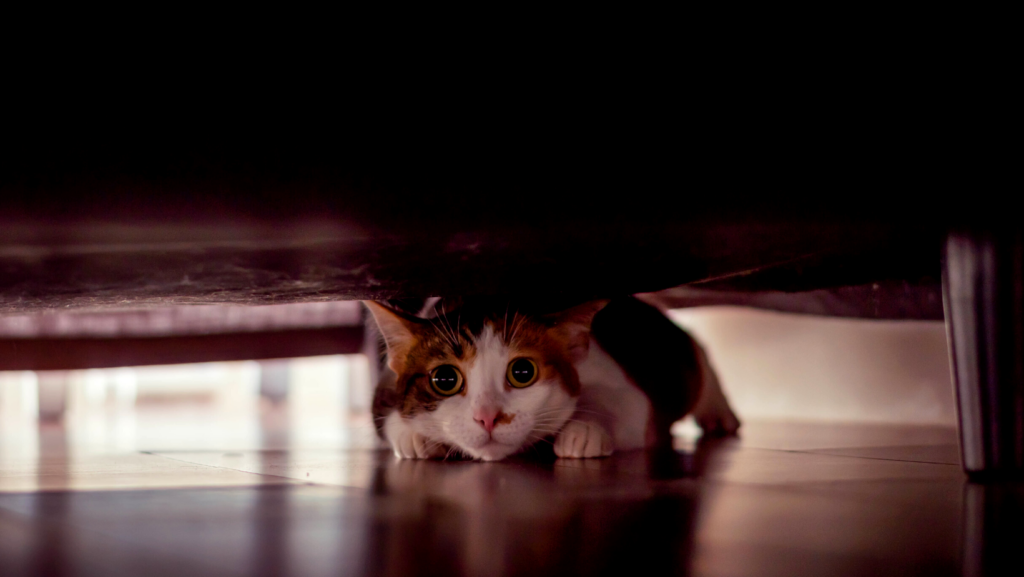
Making changes to your cat’s environment can help reduce their stress levels. Provide plenty of hiding places and comfortable spots for your cat to retreat when they feel overwhelmed. Stick to their routine as much as possible, and avoid making sudden changes to their environment.
2. Counter-conditioning and Desensitization
Counter-conditioning and desensitization techniques can help your cat feel more comfortable in stressful situations. These techniques involve gradually exposing your cat to the source of their stress in a controlled and positive way while rewarding them for calm behavior.
3. Medication
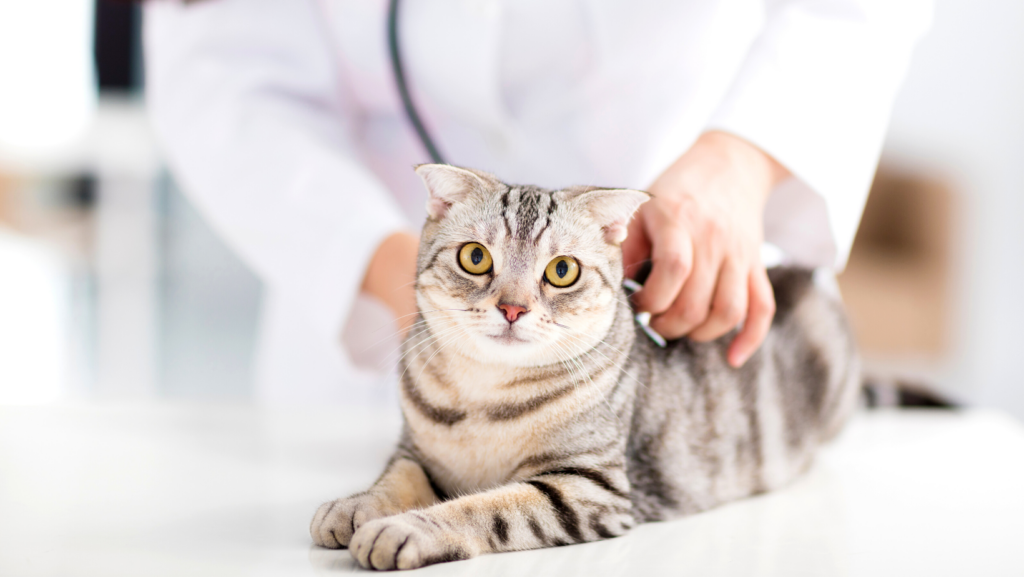
Medication may sometimes be necessary to help manage your cat’s stress levels. Your veterinarian may prescribe anti-anxiety medication or other medications that can help reduce your cat’s stress levels.
4. Pheromone Therapy
Pheromone therapy involves the use of synthetic pheromones to help calm your cat. These pheromones mimic the natural pheromones that cats produce when they feel safe and secure. Pheromone therapy can be used in the form of sprays, diffusers, or collars.
5. Mental Stimulation
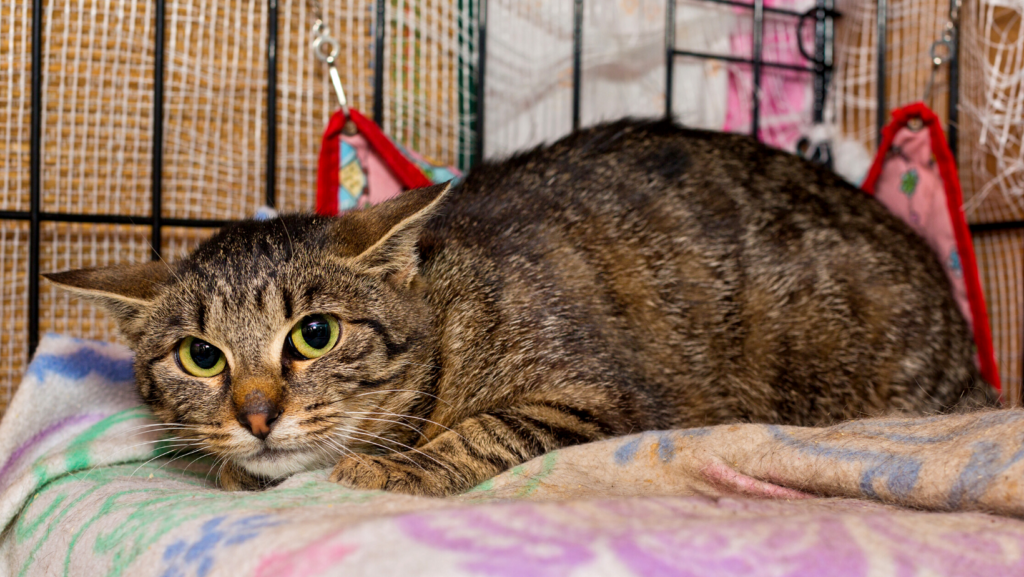
Providing your cat with mental stimulation can help reduce their stress levels. Try providing your cat with puzzle toys, scratching posts, and other toys to keep them entertained and mentally stimulated.
6. Use Positive Reinforcement
Positive reinforcement techniques can help your cat feel more confident and comfortable in stressful situations. Reward your cat for calm behavior, and avoid punishing them for exhibiting signs of stress.
7. Seek Professional Help
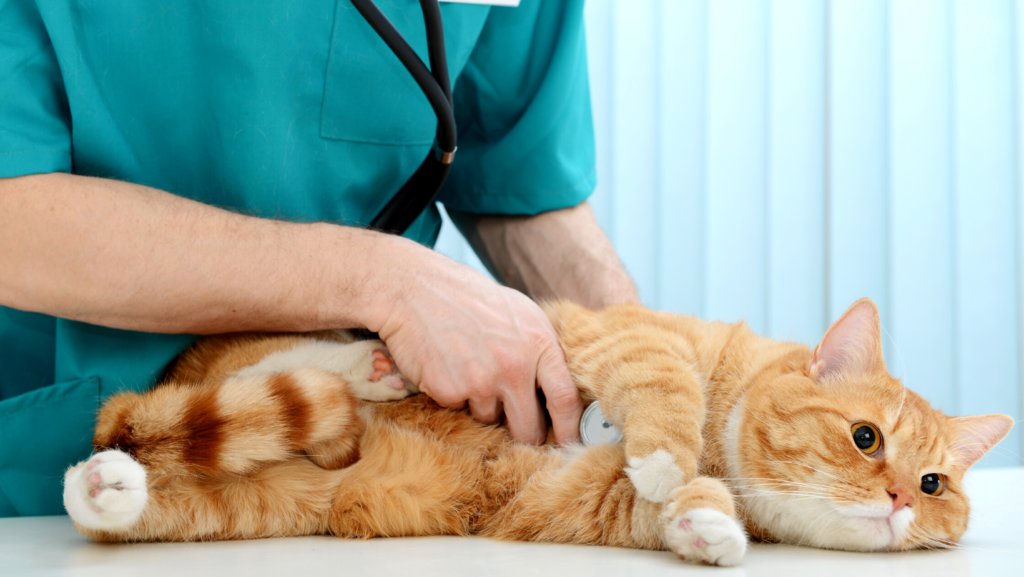
If your cat’s stress levels are severe, or if you are having trouble managing your cat’s stress on your own, consider seeking professional help. An animal behaviorist can help you develop a customized plan to manage your cat’s stress levels and improve their overall well-being.
FAQ’s
Shock can be caused by a variety of factors, including trauma or an allergic reaction. It is imperative that you consult a veterinarian immediately if your cat goes into shock. No matter the cause, shock can be life-threatening if not treated in time.
Yes, trauma can cause a change in a cat’s personality. Cats that have experienced trauma may become more withdrawn, aggressive, or exhibit excessive grooming behaviors. Additionally, cats may become more vocal or exhibit changes in their eating habits. If you notice any of these signs, seeking veterinary attention is important.
There are several effective ways to help a traumatized cat relax. Environmental management and behavioral modification can help manage a cat’s stress and anxiety. Providing a safe and secure environment for your cat, such as a quiet room with plenty of hiding places, can be helpful. You may also consider using pheromone products or seeking the advice of a veterinarian or animal behaviorist.
Conclusion
Recognizing the signs of a traumatized cat is crucial to providing the necessary care and treatment for your feline friend. By observing your cat’s behavior and body language, you can identify if your cat is experiencing any distress or trauma.
Remember, as a cat owner, you must provide your feline friend with a safe and nurturing environment. By being aware of the signs of trauma and seeking professional help when necessary, you can help your cat live a happy and healthy life.
Meet Fabian Wright, our guide into the animal realm at PetLoversArena.com. Having served as an Animal Care Specialist for the Ruwenzori Team at the Kansas City Zoo, he prioritizes conserving exotic species by replicating their habitats. Fabian aspires to share captivating stories of creatures, big and small, through PetLoversArena.com.

